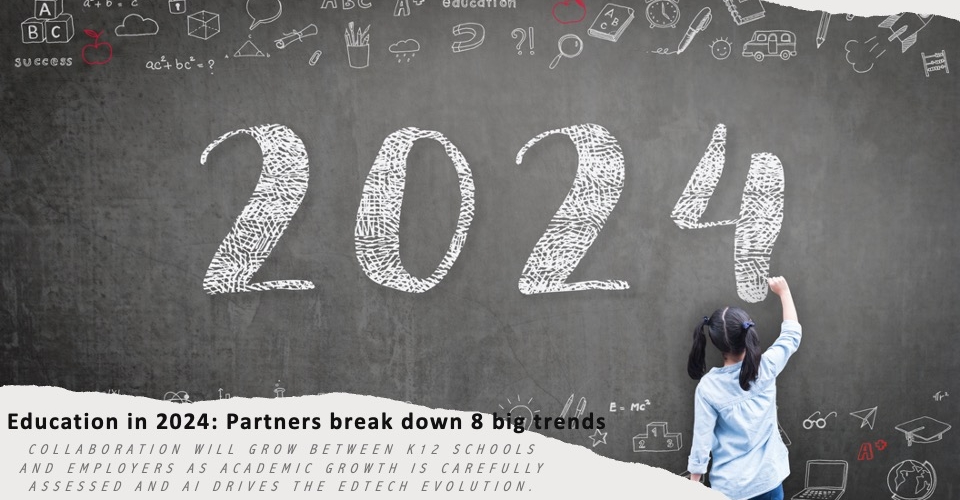Superintendents may need to add the phrase “ESSER exposure” to their list of things not to look forward to as the COVID relief expiration date approaches. To help calm—or perhaps exacerbate—the concern, a leading K12 data-tracking organization is offering its calculations of the size of the fiscal cliff that public schools are facing.
“ESSER exposure” is the term researchers at Burbio use to measure the percentage of ESSER III funding in an individual district’s spending plan. That should give administrators an idea of the hole the fiscal cliff will make in district budgets around the country.
Understanding ESSER exposure
Now we are going to throw a bunch of Burbio’s numbers at you. The new analysis covers about 2,500 districts representing over 90% of K12 students and the company estimates districts will spend 40% of all ESSER III funding in the 2023-24 school year.
A little more than 60% of districts are looking at an ESSER exposure level of less than 5% while about 8% of school systems are facing shortfalls of more than 10%. At the top of Burbio’s scale, a slim 0.1% of districts face exposure of 23%—nearly a quarter of their budgets.
New teaching roles: 6 innovations that may save the profession
The analysis also gauges the number of students affected, finding that just under half (48%) of K12 students attend districts with ESSER exposure of 5% or higher. “While many large districts have a high percentage of students who qualify as economically disadvantaged and thus a higher ESSER III allocation and more ESSER exposure, so do many low-enrollment rural districts and low-enrollment urban charter districts,” the researchers concluded.
A few state breakdowns
Burbio also drilled down to ESSER exposure levels among districts in a handful of states. Here’s what researchers found:
- New Jersey: 93% of districts have ESSER III exposure of less than 5%; 6.6% of districts have exposure of over 5%.
- Pennsylvania: 62% of districts have exposure of 5% or less; 23% have exposure of 5% to 10%; just over 11% have exposure of 10 to 15%, and 3.1% have exposure of over 15%.
- Texas: 42% of districts have exposure of 5% or less; 42% have exposure of 5% to 10%; just over 11% have exposure of 10 to 15%, and 2.5% have exposure of over 15%.









